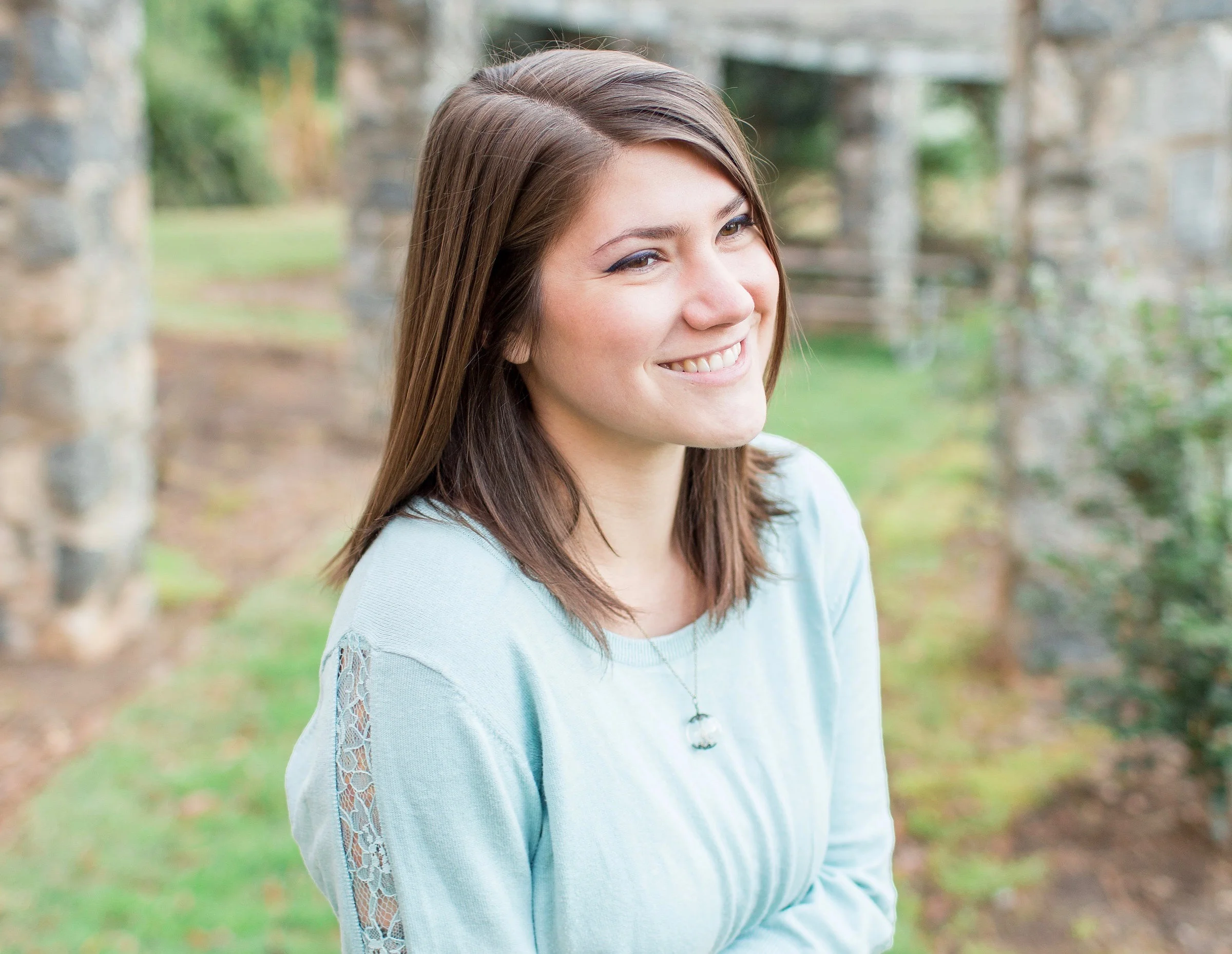Dina Greenberg on “After Florence, Roof-top Stigmata”
As Florence dervished across the Atlantic, clocking wind speeds of 140 miles per hour—earning distinction as a Category 4 Hurricane—residents of Wilmington, NC braced for a direct hit. All of the weather models seemed in agreement: even if the monster storm grew weaker before making landfall, predicted storm surge would still deliver unprecedented damage.
So my husband and I made the call to evacuate and, like many of our friends and neighbors, shored up the house as best we could and headed out of town, toward safety. Even as we waited in unusually long gas station lines and crisscrossed caravans of National Guard vehicles headed east on Rt. 40, toward Wilmington rather than away, I understood we were already members of a privileged class.
Our house was less than a year old. Homeowners insurance would cover any damage it sustained. We had a place to go, the means to afford it. Yes, we had friends in the same economic sphere that chose to stay in their homes. But they chose to stay. On September 14, Florence made landfall over Wrightsville Beach, just a few miles east of Wilmington. By then diminished to a Cat-1, 90-mile-per-hour storm, she still wrought widespread devastation that is still being calculated.
“After Florence, Roof-top Stigmata” began during those first days of self-imposed exile, as a strange sort of survivor’s guilt settled upon me. On the incessant TV news, bloated rivers overflowed their banks. First responders navigated streets and fields and highways, flooded by three feet of rain, a seemingly endless deluge. When we’d first hoped to return, the city of Wilmington was still islanded, inaccessible. And finally, when we did return, I was struck immediately by the random nature of Florence’s ire.
Our home was completely spared, others so badly damaged they would need to be stripped to the studs, and still others completely destroyed. For me, the ubiquitous blue tarps (still) covering leaking roofs throughout the region, are symbols of inequity, telltales of financial and social status. The blue tarps signify reliance on FEMA funds and the demoralizing struggle to reclaim what many families worked a lifetime to achieve.
Now, as I drive through neighborhoods marginalized and disintegrating long before Florence, I cannot help but notice that lingering prevalence of blue.


